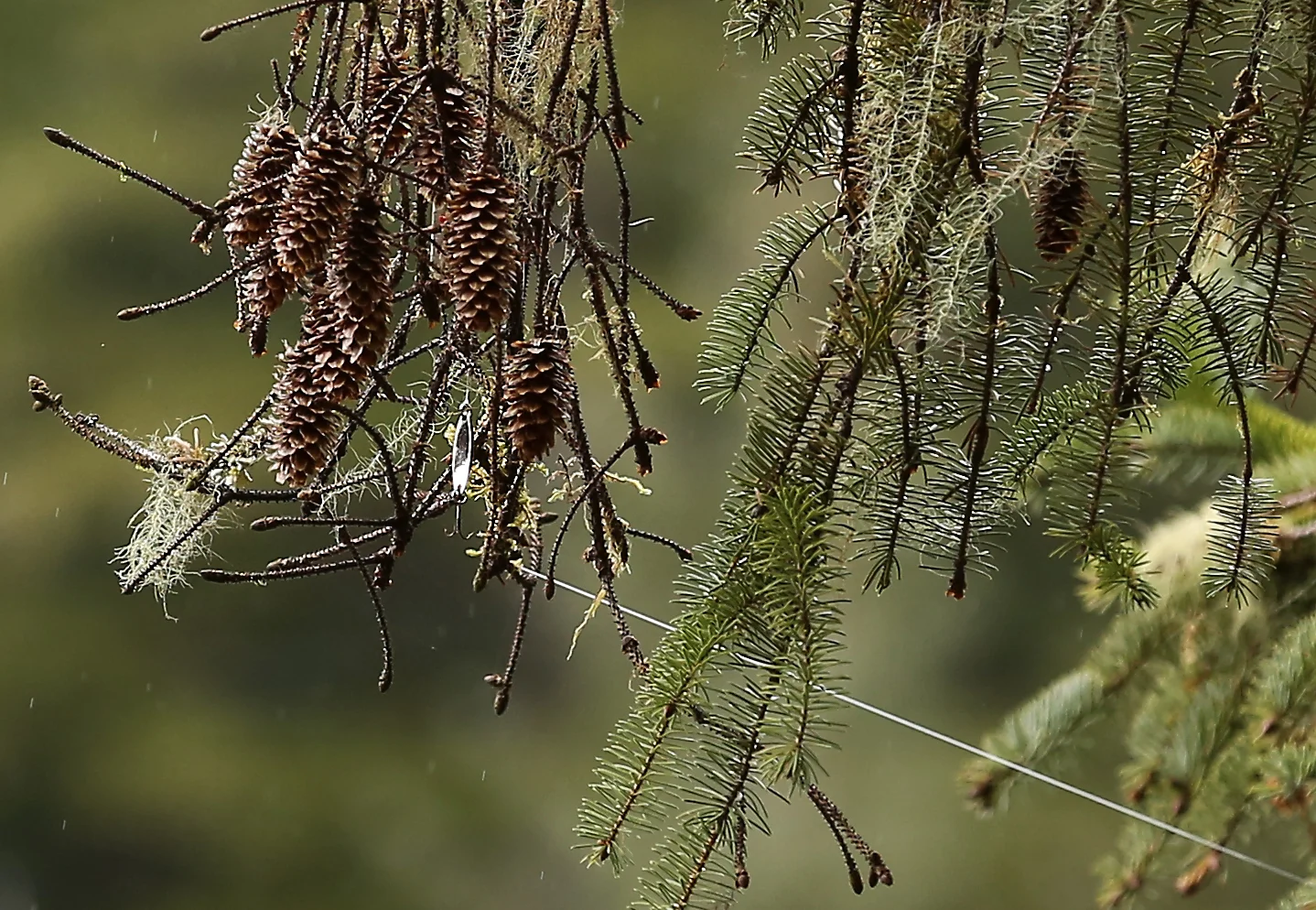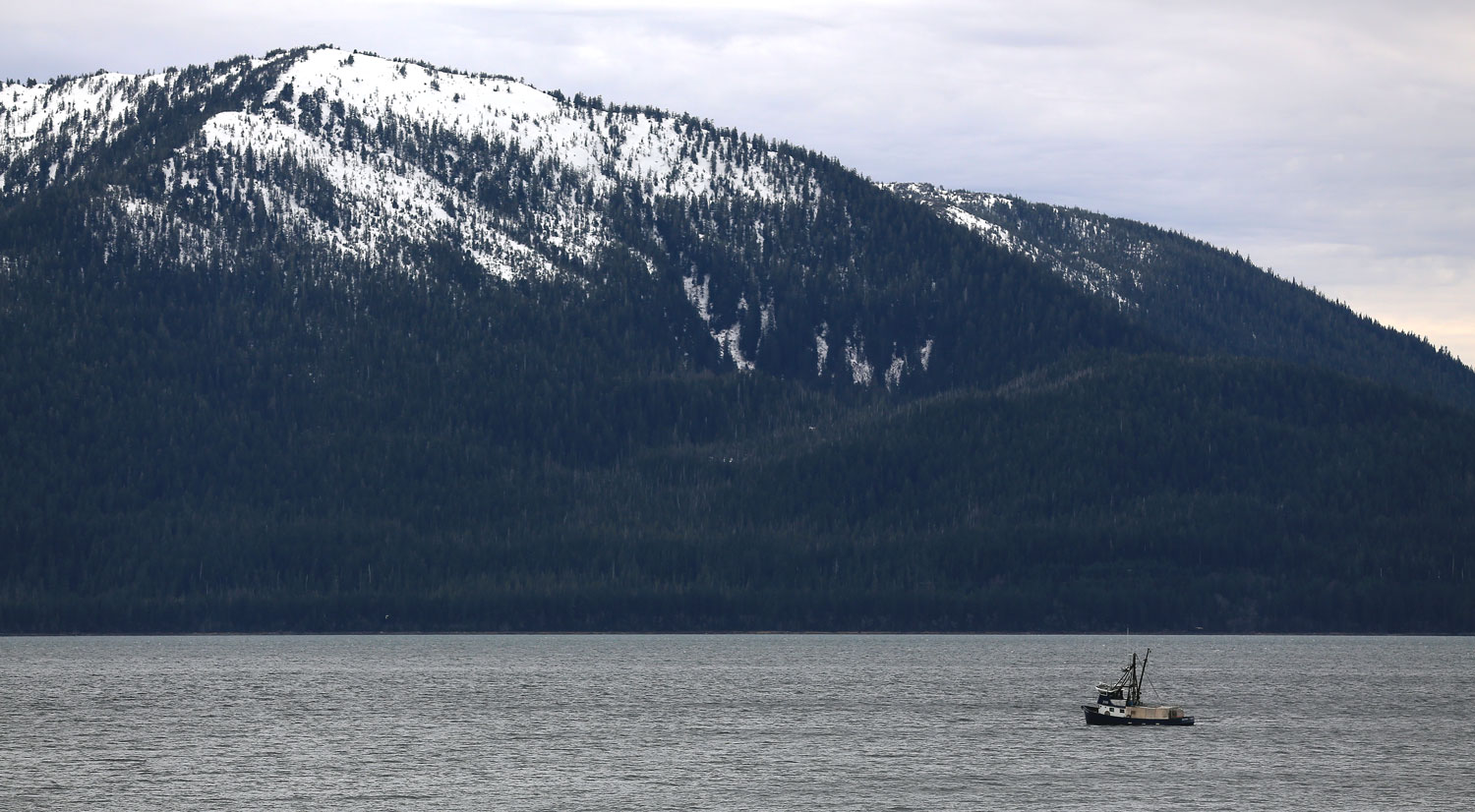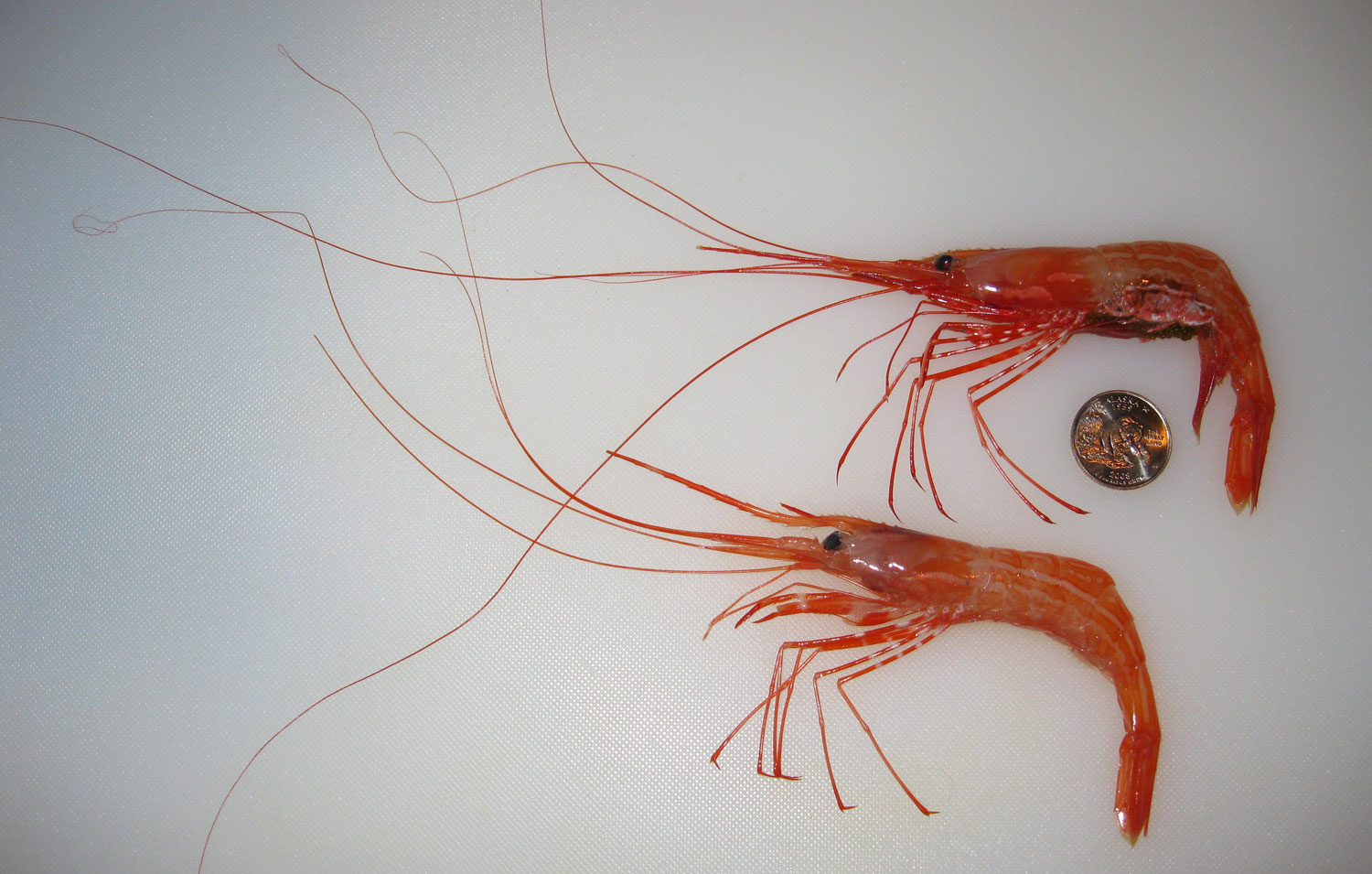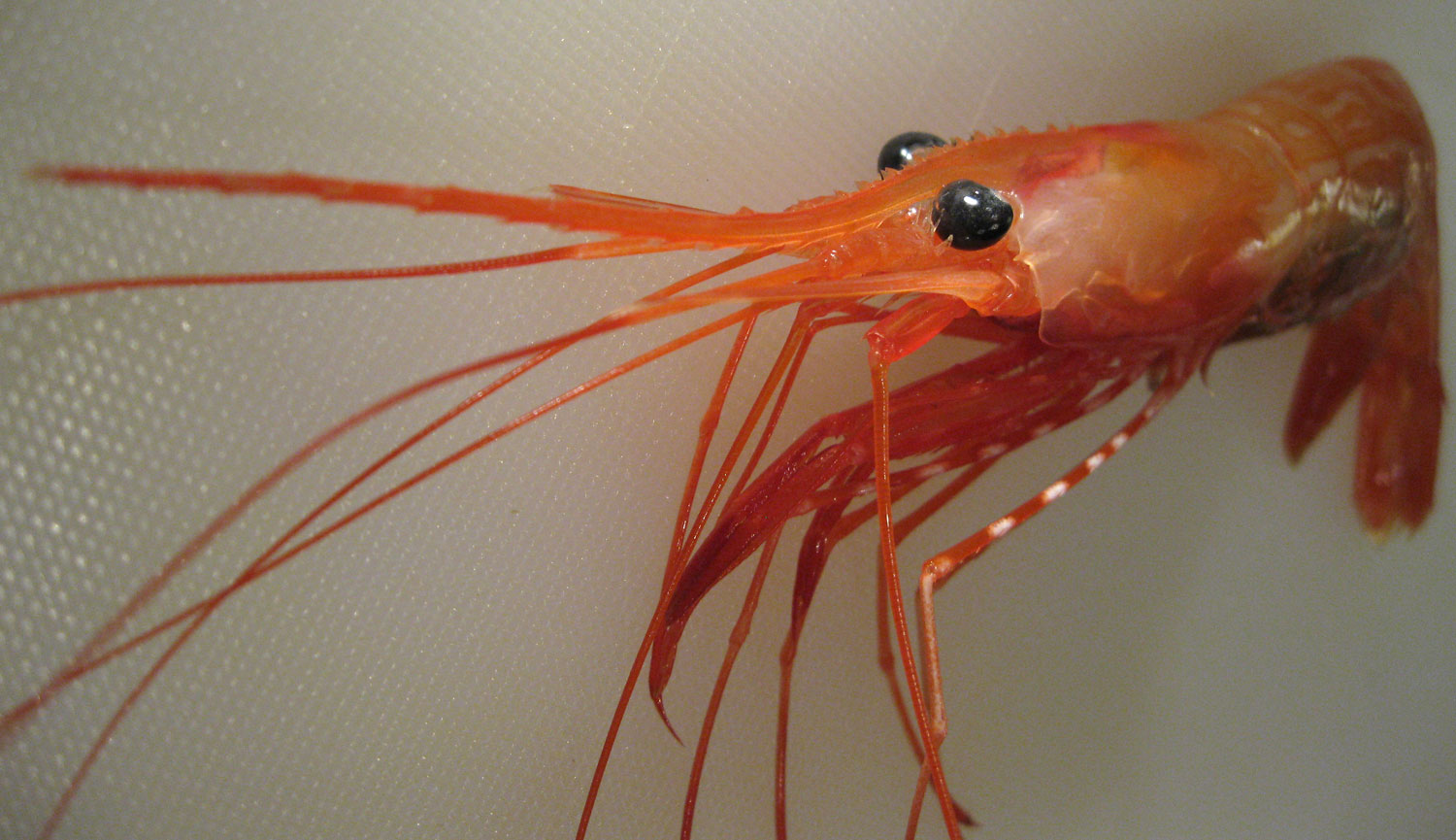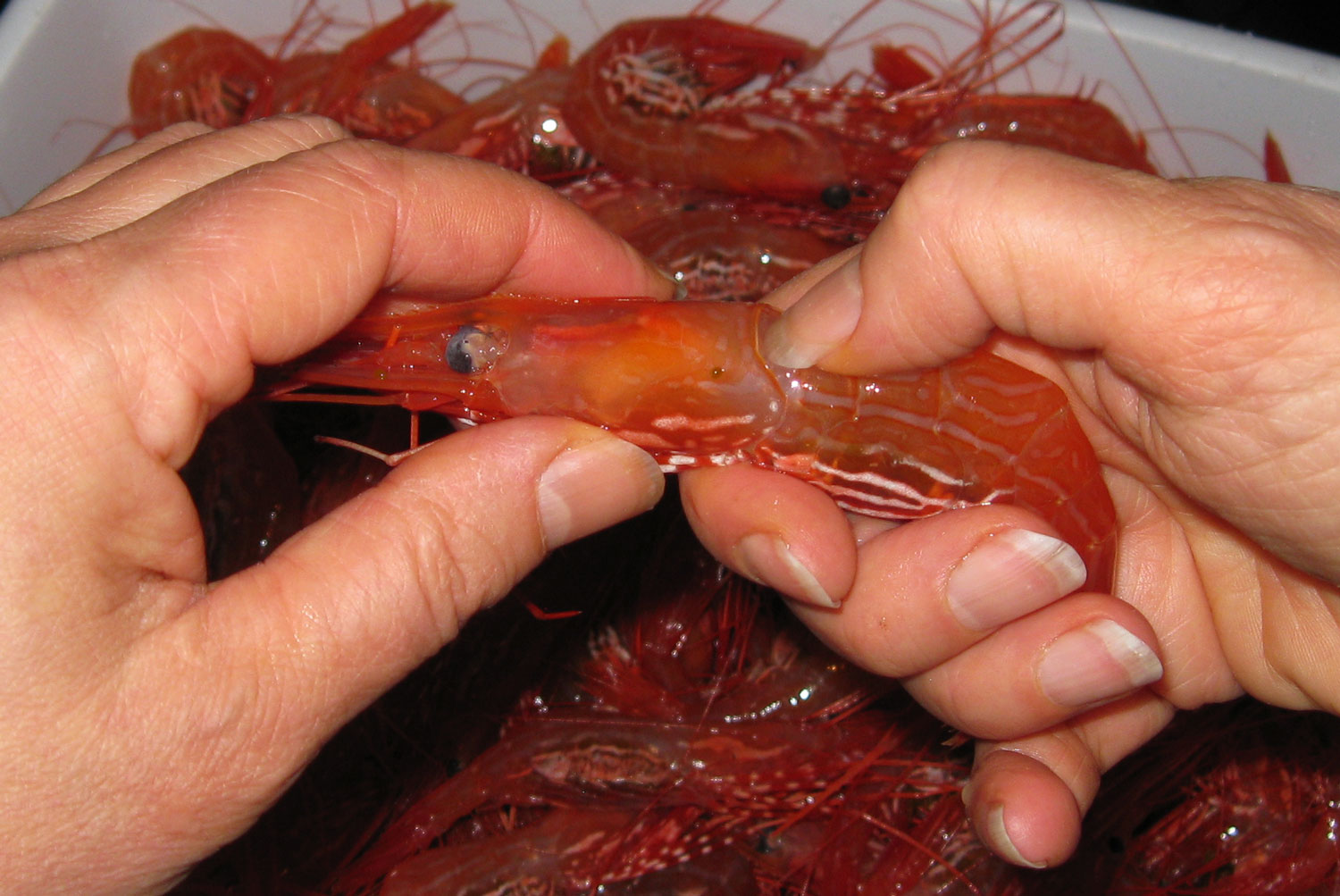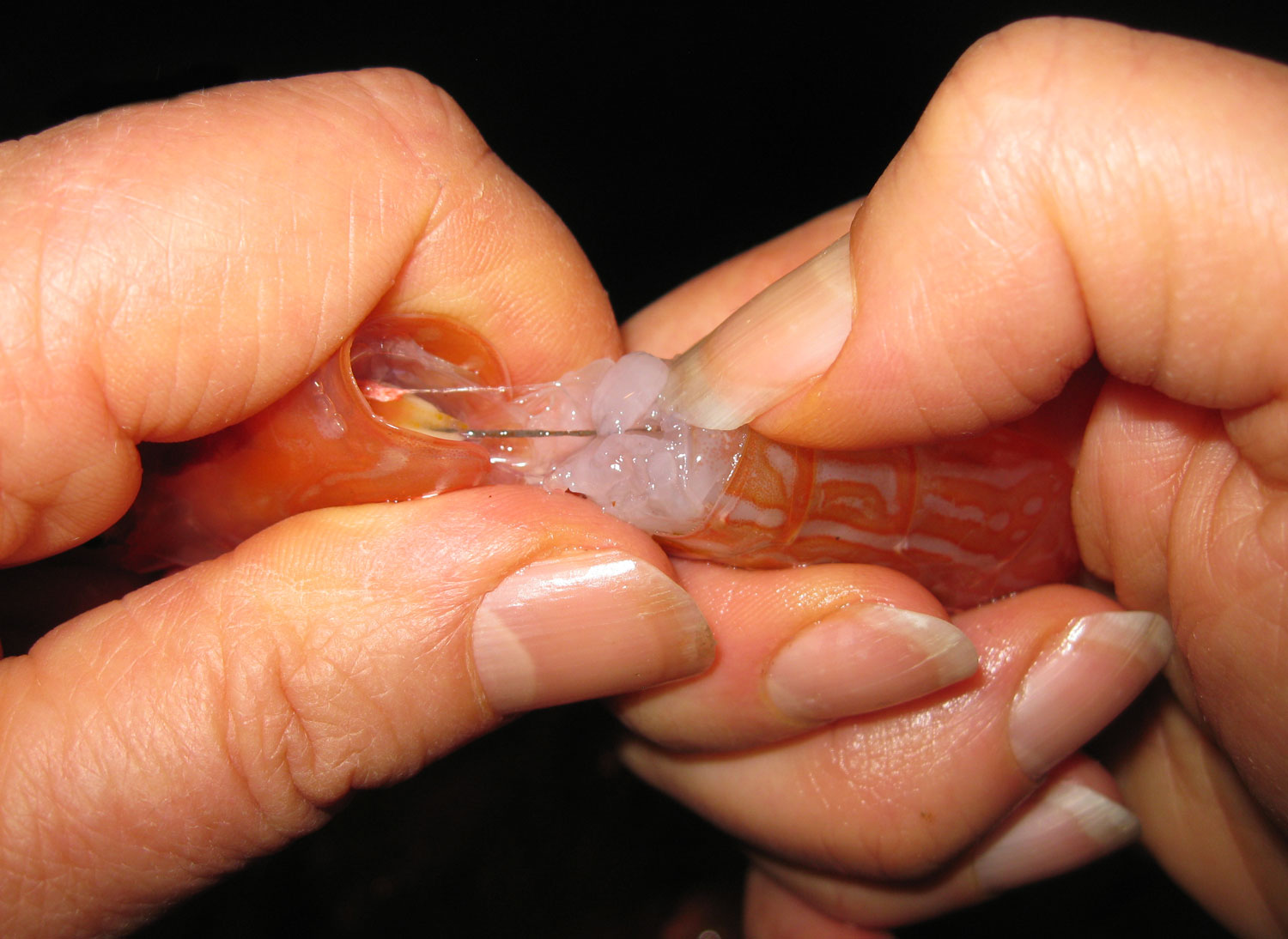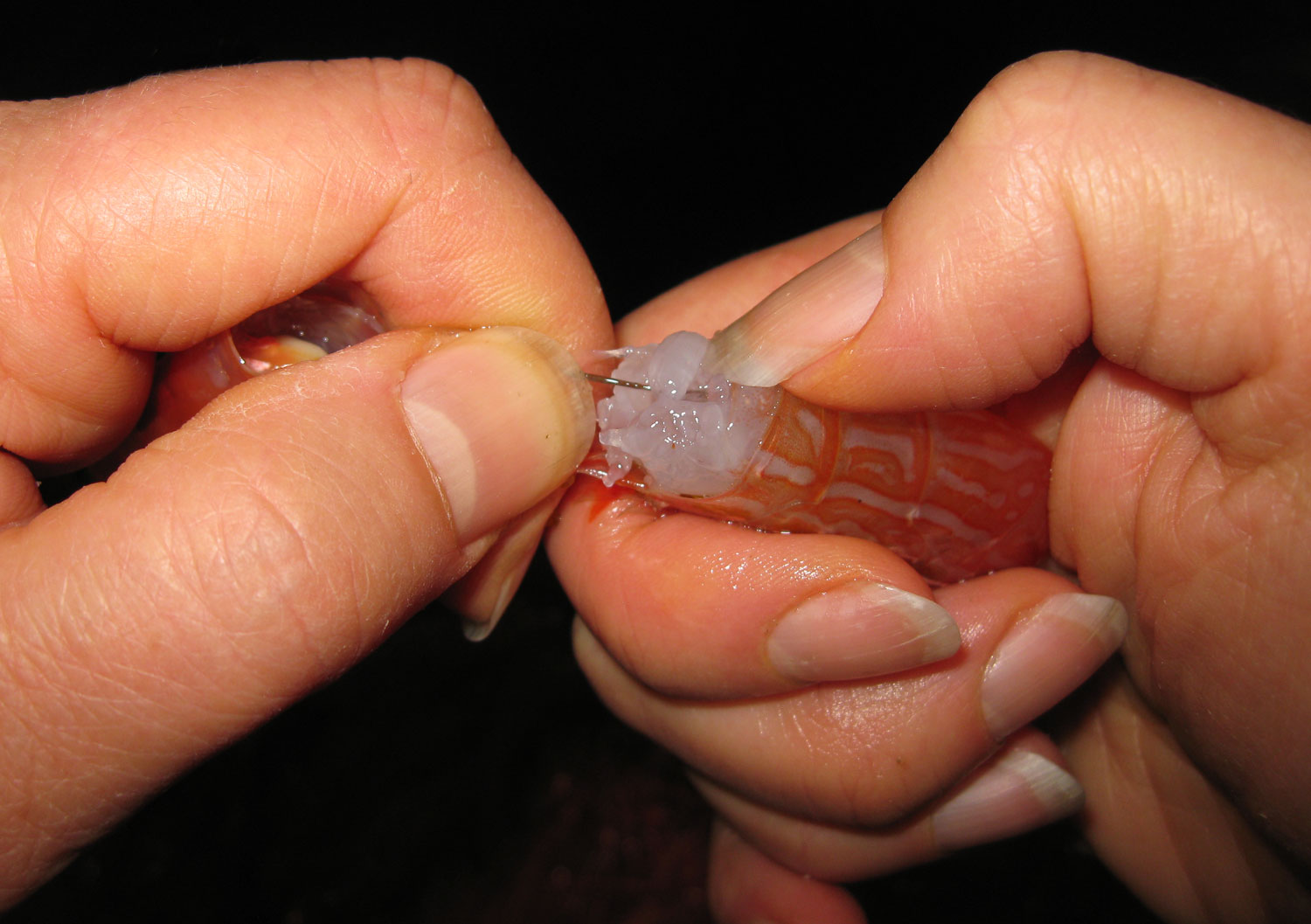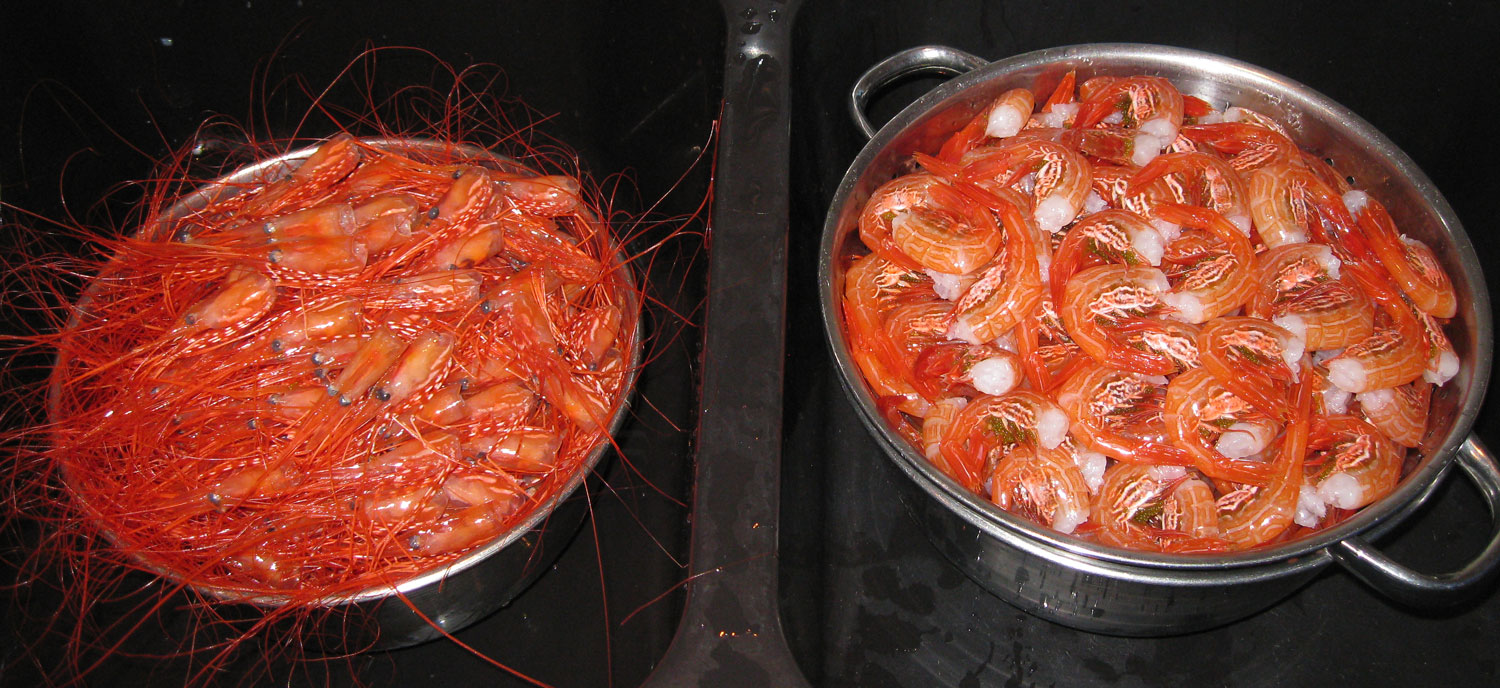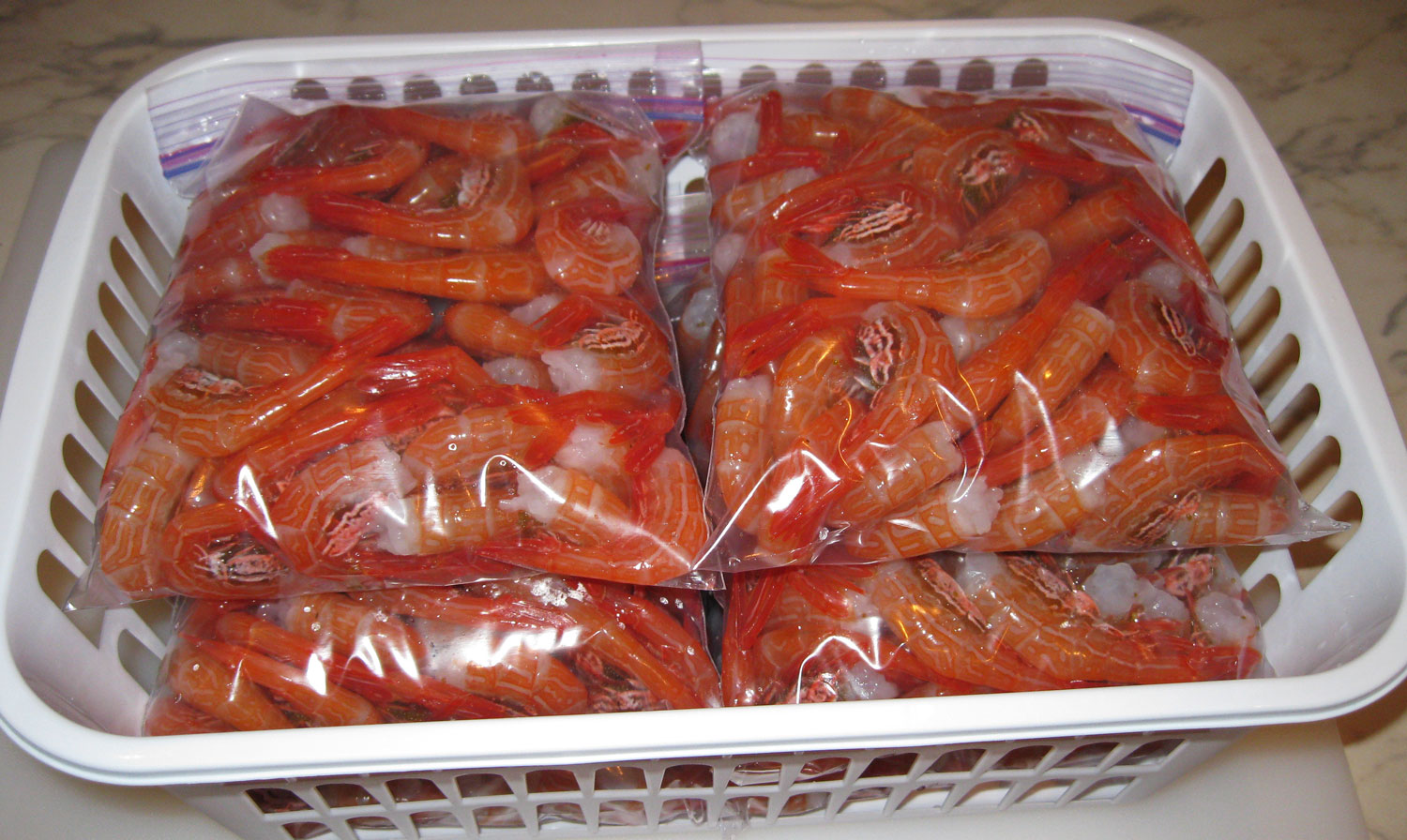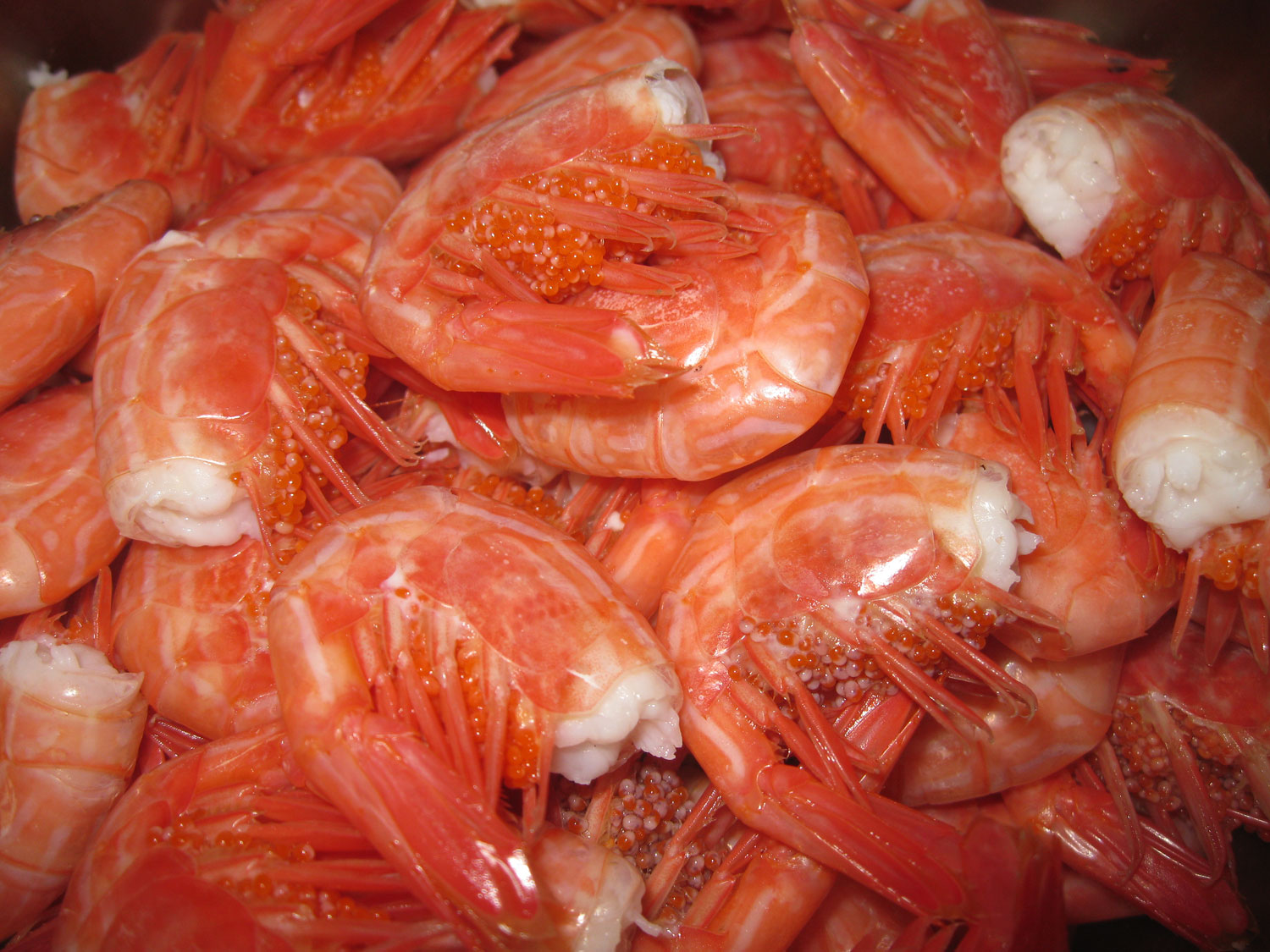Smurf Cod!
/We went out for a nice day in the runabout last summer. It was one of those misty, occasional rain showers, Southeast Alaska days, and the fishing was unusually slow. Slo-ow. Which gave us time to look around at the mellow day.
We were glad to see that the eagle was on station to watch over things.

A humpback whale worked the edge of a kelp bed, but didn’t seem to put much heart into the activity. The cormorants just hung out on a kelpy rock.

A pod of killer whales cruised over to check things out, but they kept on going. That’s a good sign that there just isn’t much going on.

They did stop out at the edge of the kelp patch and toss around some ideas about where to go next.


It was a kelpy kind of day.
Suddenly my fishing pole dipped hard and I thought that I had caught bottom (again). Then it reeled hard and I thought that I had caught kelp. It finally bounced and I had a fish on! We brought in a lingcod, which is delightful because they are yummy. I stunned it, cut it’s gills, and then started to put it onto a stringer to let it bleed out. The blue-green mouth caught my attention.

Hmm, interesting. Pretty…but weird.

Nice teeth, huh? Very effective, too. Lingcod also have very sharp gill rakers, so mind your fingers if you pick one up by the gills.
When I cleaned the fish its cavity also had that strange color. I started thinking about, well, you know, Martians and all. Now stop laughing at me! Nobody knows for sure that Martians have to show up as little green men. After all there’s all that talk about Mars having water way back when. If I was a smart fish and my planet was drying up then I would surely put intensive effort into the space program.
Back on shore (here on Earth) that evening I set a cutting board on some rocks and filleted the lingcod. I started to actually get a little bit concerned. Blue-green flesh? Ling cod meat is usually white.

A trip to the internet eased my mind and slowed my imagination. Lingcod meat can be white, green, blue-green, and even turquoise blue! The blue ones are lovingly called Smurf cod. The reason for this remarkable color is not entirely clear, but it has to do with a bile pigment called biliverdin being responsible for turning the blood serum such a lovely color. Beyond that there appears to be a lot of speculation about diet and habitat. The good news is that Smurf cod are delicious and healthy to eat, just like the standard white-fleshed lingcod.
Another name for Smurf cod around here is 'green ling' (pronounced with a pause between the two words), which is interesting because lingcod are not actually a cod. They are in the greenling family. Greenlings, such as the kelp greenling and rock greenling, are also known to occasionally have blue-green meat.
Ling cod is one of those fish that you can cook a hundred different ways and all of them are delicious. Here’s some more good news: the green goes away when the meat is cooked. On the plate Smurf cod is tender, bright white, and scrumptious. Maybe it is even tastier than regular lingcod - just because it is special.
Wishing you interesting colors in your day,
Alaska Beachcomber




